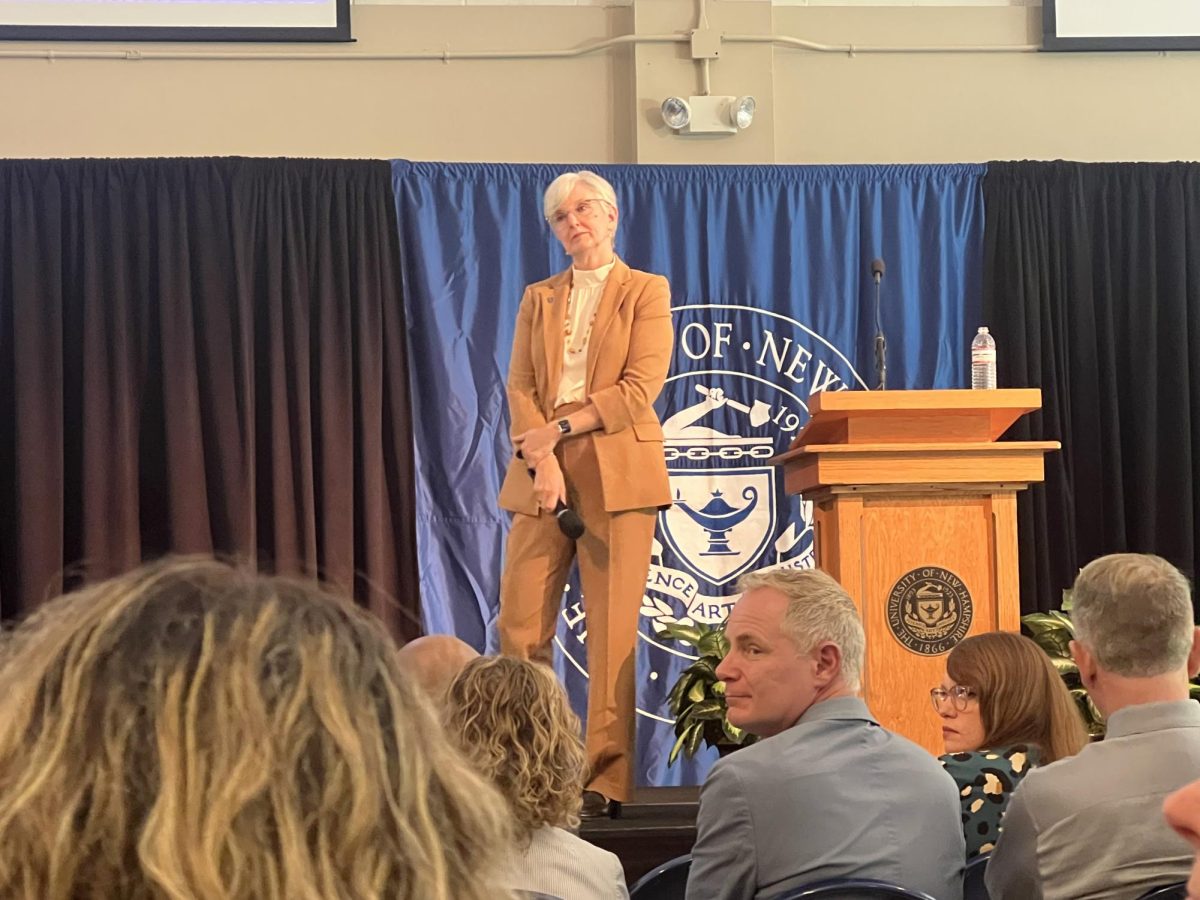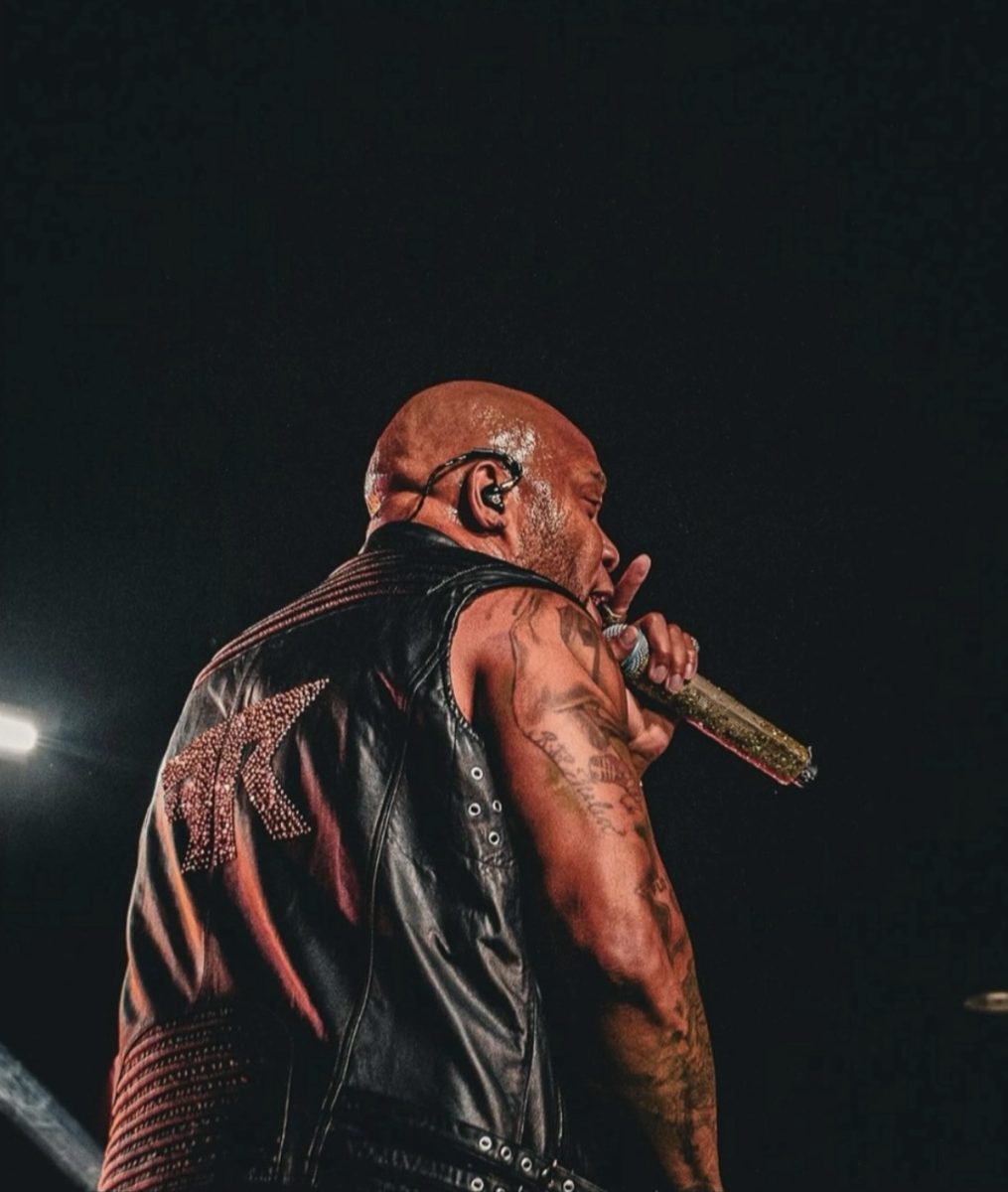It’s Halloween, which means I’ll be reviewing a book that deals with a truly terrifying, yet fascinating subject: serial killers.
Many people have probably watched Netflix’s “Mindhunter,” which follows Bill Tench and Holden Ford as they try to crack down on why serial killers behave the way they do. “Mindhunter” by Joe Penhall is the book that inspired the show, but unlike the show – which follows fictional characters and mostly fictional storylines – this book follows Special Agent John Douglas and how he came to set up the behavioral science unit within the Federal Bureau of Investigation (FBI). Not only does Douglas talk about his own history – including his relationship with his wife, how he got started at the FBI and what drew him to understanding behavior – he gives the reader a peek into what it was like to talk to some of the most notorious serial killers in the world, including John Wayne Gacy, Charles Manson, Ted Bundy, Wayne Williams and more.
“Serial murder may, in fact, be a much older phenomenon than we realize,” Douglas writes. “The stories and legends that have filtered down about witches and werewolves and vampires may have been a way of explaining outrages so hideous that no one in the small and close-knit towns of Europe and early America could comprehend the perversities we now take for granted. Monsters had to be supernatural creatures. They couldn’t be just like us.”
Douglas’ work has been the inspiration for classic stories and films such as “Silence of the Lambs” and “Red Dragon.” In his own book, Douglas talks about rape, murder, kidnapping, torture and everything else that constitutes our nightmares. He doesn’t spare the reader any details, giving them chills when they find out what he’s seen on the job and the things he’s heard come out of a killer’s mouth.
Much like his other book, “Killer Across the Table,” he doesn’t glorify these killers, but rather talks about how many of these men (and they were almost all men) were “losers” who had no social skills, not much education and were often deadbeats. It was these factors, Douglas explains, that led these men to feel like they needed to kill, mostly because they thought the world owed them something.
One of the book’s drawbacks is that Douglas is fairly arrogant throughout, which makes sense in his line of work but can get tiring to the reader. I don’t think there was a single situation in the book where he got a profile wrong, and he often would write these situations where someone doubted him and he got to prove them wrong. Since this is a book about his work, however, I don’t doubt that all the skepticism he received got tiresome for him as well, and this may be a chance to show everyone how much backlash he had to go through to cultivate the behavior science unit to where it is today.
Although we all know how most of these stories end (many of the serial killers get caught, locked up or sentenced to death for their crimes), Douglas has the ability to keep the reader on the edge of their seat as he tried to figure out who did these horrific crimes. The detail in which Douglas describes crime scenes and victims can be revolting, but I couldn’t look away; it was like watching a car crash in slow motion.
This book is definitely not for the faint of heart, but is perfect for any true crime junkie, anyone who is into psychology or those with at least the slightest interest in “Mindhunter.”





















